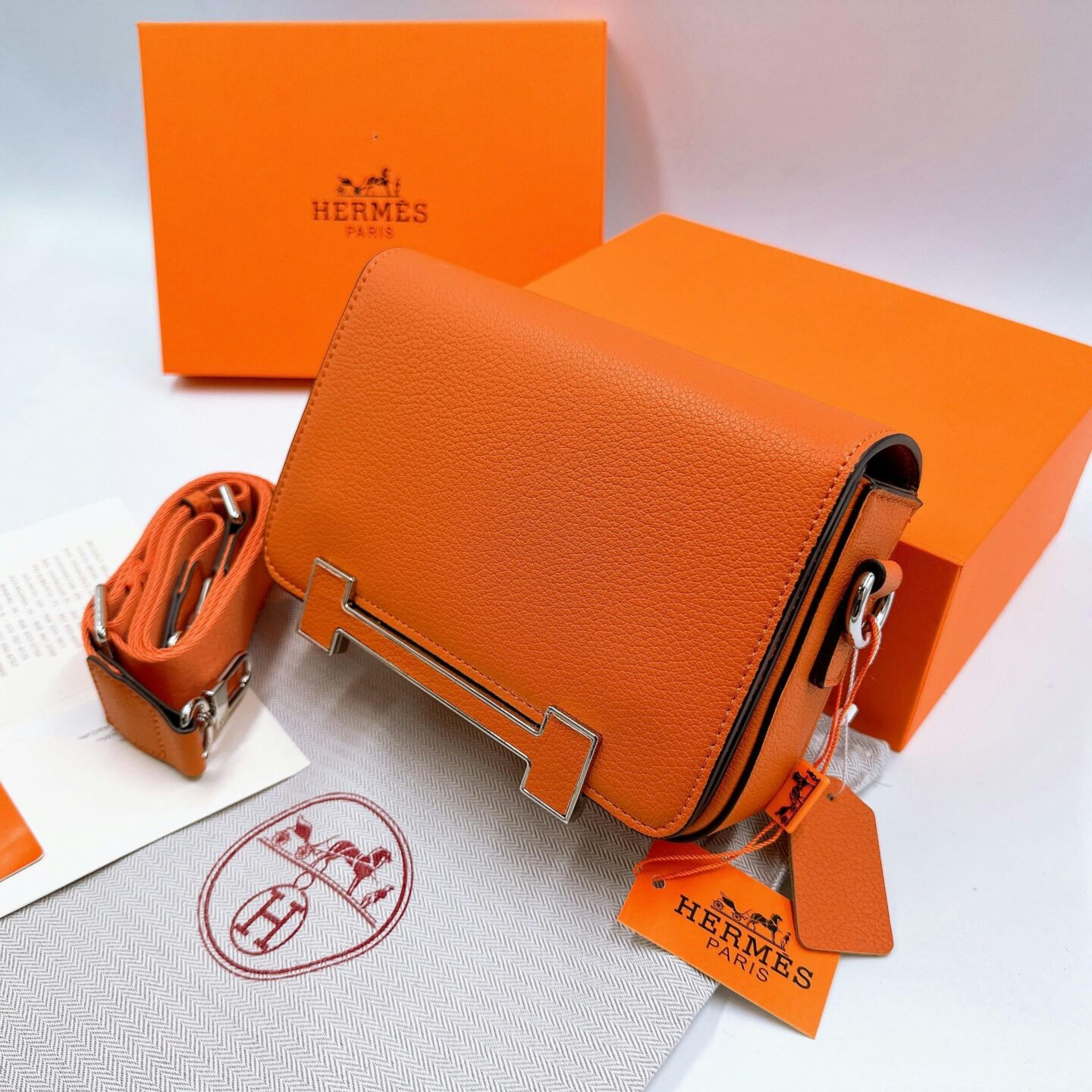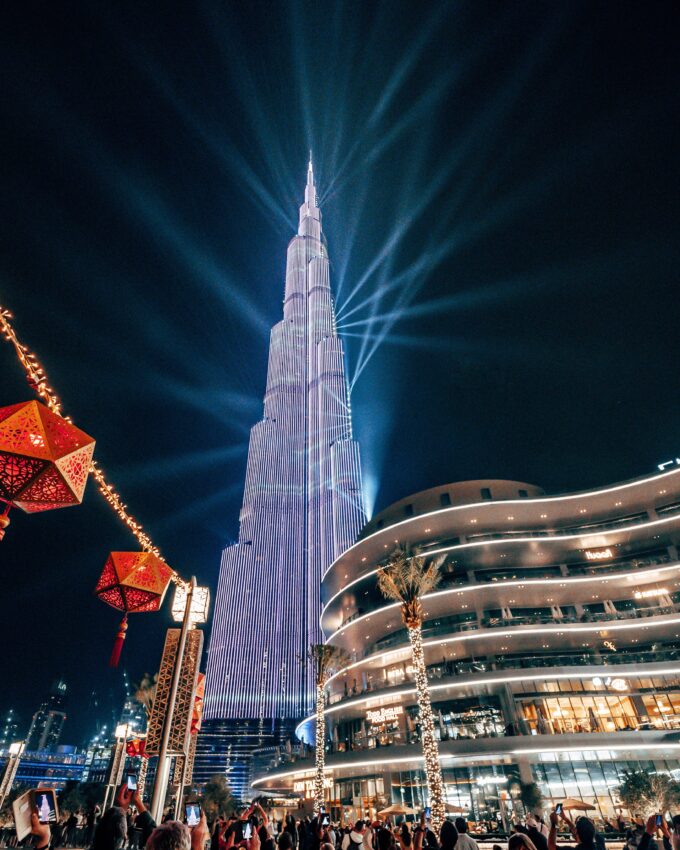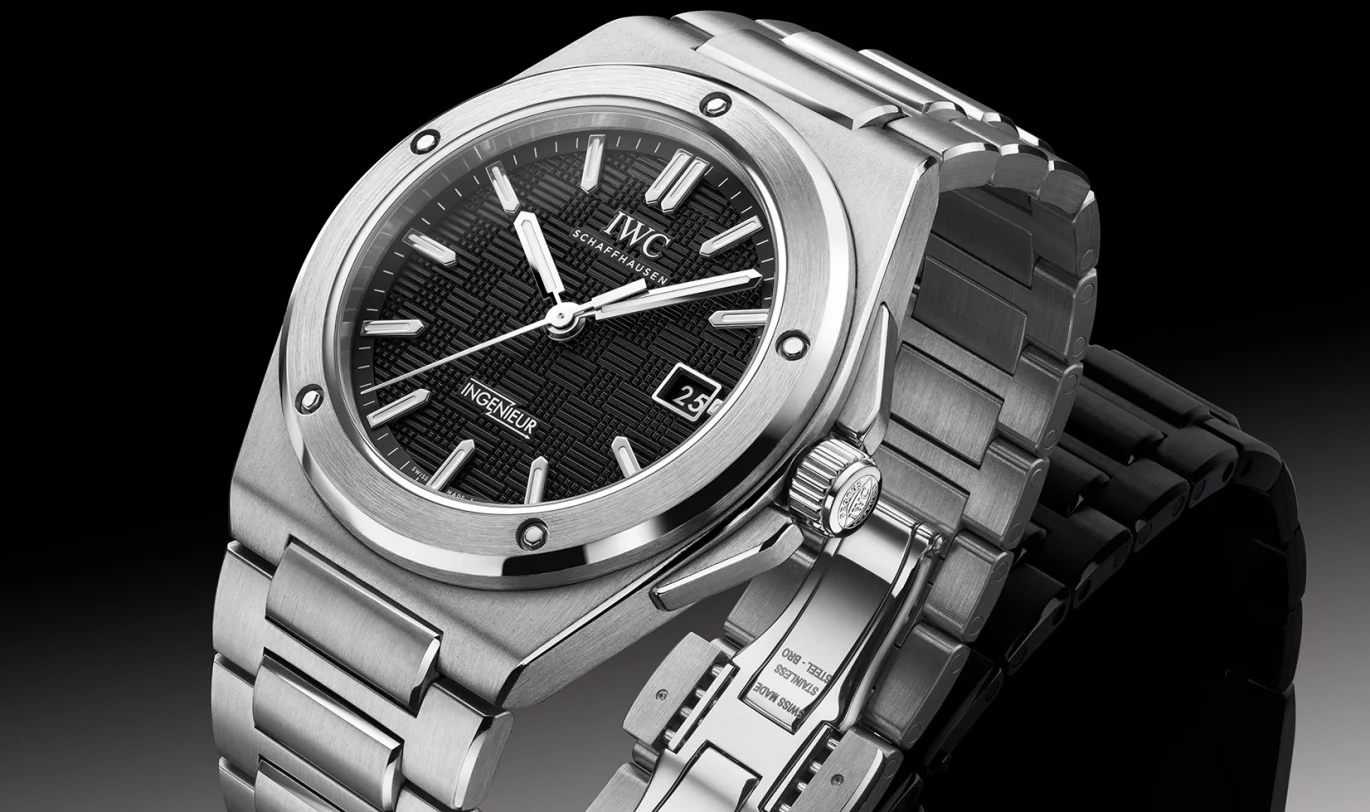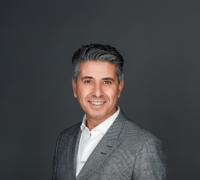While steps like integrating disruptive technologies into your sustainability strategy and fostering collaboration to drive growth and boost brand values in the context of climate change can help businesses drive change forward, the reality is that companies need to engage in more profound positive transformation.
For them to create real impact, they must embed sustainability into their business, from embracing practices and circular business models to trying to reduce production and even consumption. This means transformation on a global scale, with a genuine change of culture from the way the business is conducted to the way it is operated.
The informal noise we get from brands is that owners’ moods are shifting away from more sustainability. The disparaging comments by Miss Tweed on Chloé’s CEO’s departure in December are a symptom. If that was confirmed, this shift would no doubt haunt luxury brands in the near future.
Strategizing effectively about Gen AI
Artificial intelligence seemingly permeated every major conversation last year; interest in the technology reached fever pitch when OpenAI released its third version of ChatGPT to the public at the end of 2022.
From IWC’s campaign for the reintroduction of The Ingenieur, a nostalgic throwback to the 70s using AI-generated images created with Midjourney to the fake imagery featuring the Pope in a white puffy Balenciaga jacket, the opportunities and pitfalls of using AI were captured on both ends of the spectrum. Yet its momentum shows no signs of slowing.
While the creative possibilities draw the most attention, the capabilities of generative AI present a more interesting solution for luxury companies to integrate into the business, perhaps already for content creation (text, images, or other media), but more importantly to strengthen storytelling via AI-powered chatbots and virtual assistants, and to drive internal productivity by using the summary power of the technology.
This means that using generative AI could help your employees be more productive and efficient by helping to automate processes that take a lot of time and effort to create such as draft proposals, presentations, text summarizations, or writing programming code.
By embedding AI into your daily work and using it for real solutions in your business that have a tangible impact, luxury companies can transform how they work and operate in a meaningful way.
Long-term considerations
All things considered, the global outlook poses more dark clouds on the horizon for luxury.
Yet, those in the industry remain confident in its long-term fundamentals for growth. It was, after all, one of the fastest sectors to recover from the pandemic. They must work at building a resilient and agile organizational culture within their business, embracing new ways of operating – and new technologies – and ensuring they view sustainability as a genuine filter for their decision-making.
They will also need to work harder at capturing the attention of both their local and global customers in the different markets they operate in, differentiating their approach towards a more personalized and curated offering that includes money-can’t-buy experiences to inspire brand loyalty amongst their more affluent customers, who will continue to spend even in challenging times.








